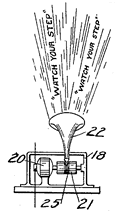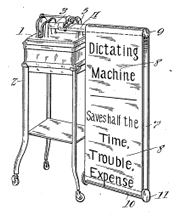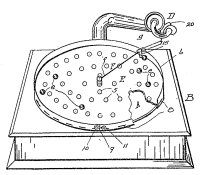Patent texts are among the most significant official documents associated with the history of phonography, documenting a vast array of technical innovations—often ingenious, and occasionally whimsical or bizarre. All U. S. patents can now be viewed through the United States Patent and Trademark Office website, so if you can handle the stilted language and technical detail, these valuable sources are readily available to you. Because Allen Koenigsberg's Patent History of the Phonograph already contains much of the relevant information for 1878-1912, I have prioritized the period 1913-1919, for which I don't believe any equivalent list has yet been published. This period is also notable for the spike in phonograph-related patents it witnessed: nearly as many were issued in the space of these seven years as had been issued during the previous thirty-four! Click on any year in the column on the left to start browsing the list. Once you're there, click on any patent number to view the full patent through the USPTO website (consult this page if you have trouble viewing the images).
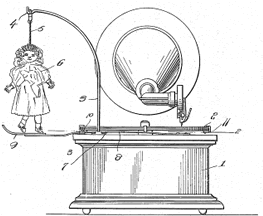 |
What's included?
I have tried to include every patent that explicitly suggests a phonographic application—even if just in passing—or that appears from its design, assignment, or other evidence to have been most probably intended for use in phonography. Entries are arranged by issue date and, within each date, by number, with regular patents preceding design patents. Next I have listed the name of the patent, the name of the inventor, his or her place of residence, any assignment details, the execution date (if given), the file date, the original serial number, and any divisions or renewals. Then, in italics, I've sometimes included brief descriptions or excerpts from the patent texts, mostly to show that a patent is in fact "phonographic" if this would be unclear from the title. Finally, I have included the current U. S. classification(s). Important note: the original serial number is often difficult to read because it was printed in small type and often smudged, and I am sure I have occasionally mistranscribed one. However, I have felt it important to include these numbers, despite the likelihood of error, because they are often used to identify pending applications in other patent texts.
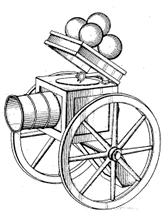 |
|
|
 |
|
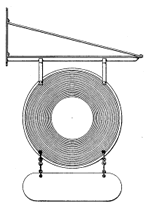
How was this list compiled?
I began by conducting a keyword search on a set of phonograph-related terms through Google Patents, first covering the period 1878-1913 and later expanding the search to include 1914-1919. I then determined the current U. S. classification for each of these patents and made a list organized according to these classifications. Finally, I searched each seemingly relevant classification in the list looking for additional patents my keyword search had missed—carefully checking each item along the way to make sure it did in fact fit my criteria and wasn't a "false positive." In addition to the 2,211 patents for 1913-1919, this procedure turned up 2,254 patents for 1878-1912, which I compared against the 2,144 patents listed in the updated 1991 edition of Koenigsberg's Patent History of the Phonograph. Roughly 5% of the patents he lists didn't turn up in my search; conversely, he doesn't list roughly 10% of the relevant patents I identified for those years. I take this as a sign that my list for 1913-1919 should be similarly comprehensive—but is presumably not complete. Please report typos, incorrect links, or any other problems you may notice.
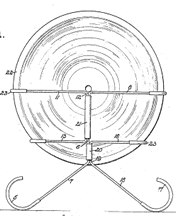 |
Related Resources
Try out the Patent Search page at the United States Patent and Trademark Office; look up patents by number here. Google Patents allows keyword searches, but you're at the mercy of their OCR. Here is a list of Edison's "phonograph and sound recording" patents from the Edison Papers Project, including a few for 1913-19 not found in my list. Henri Chamoux's database of information on 4,241 French phonograph-related patents (1857-1934) and over 2,000 French phonograph-related trademarks (1893-1940) may be found here. Many European patents are viewable online via DEPATISnet, maintained by the German patent office. |
|







